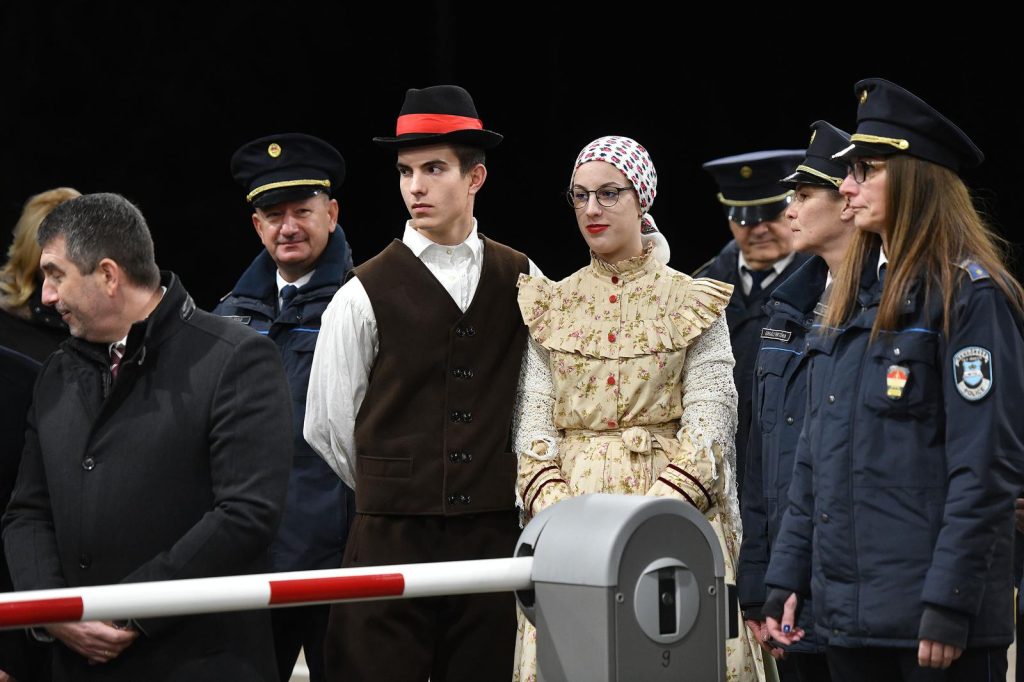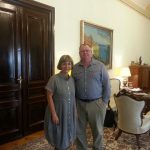December the 29th, 2023 – This week in Croatian politics, we look back at this tragic day three years ago in Petrinja, popularity contests begin ahead of the upcoming elections, and we take a look at the first year of Croatia’s Eurozone and Schengen membership.
The PM says “reconstruction overnight isn’t possible” as we mark 3 years since the Petrinja earthquake
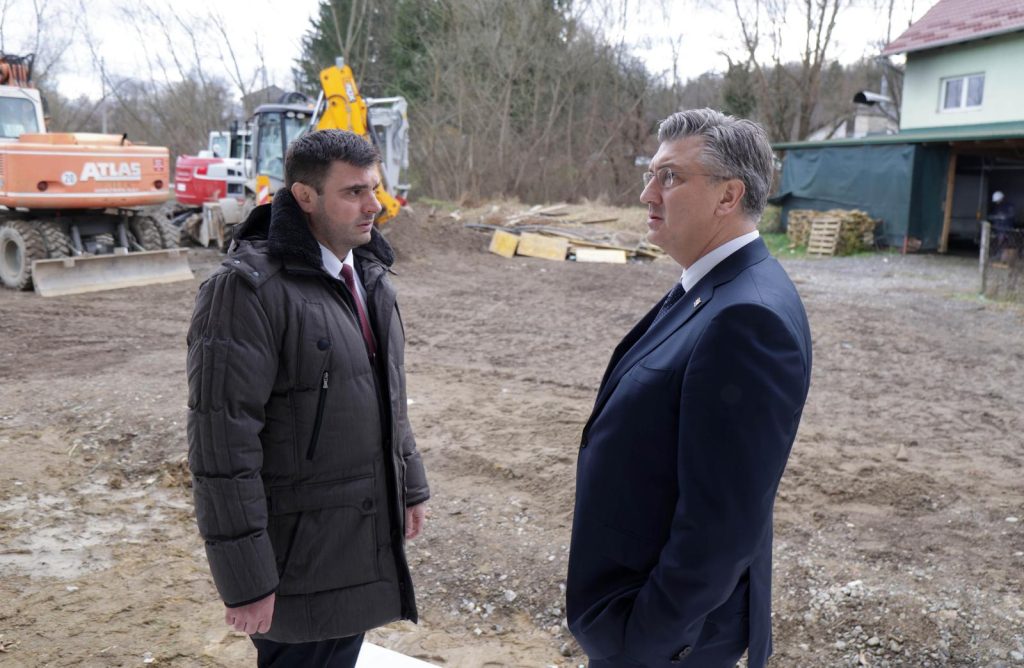
Three years ago today, a devastating earthquake struck the Banovina area, and has since become known as the Petrinja earthquake. Affecting areas across Sisak-Moslavina, the Petrinja earthquake struck at the very end of the same year the Zagreb earthquake of March 2020 we all remember so vividly struck amid a global pandemic. 2020 – the year of Croatia’s presidency over the EU and of Rijeka 2020, was marked by negativity, unrest and extreme economic concern. The added natural disasters were far from helpful, and the people of Sisak-Moslavina are still feeling the effects three entire years later.
The issues surrounding slow reconstruction processes and a feeling of being overlooked by the powers that be in Croatian politics have presided in central Croatia, and on the third anniversary of this natural disaster, the Prime Minister has stated how “reconstruction overnight isn’t possible”.
The Petrinja earthquake was among the strongest to strike Croatia in 100 years, and it’s safe to say that locals of the affected area expected far more than they’ve been given. Plenković, however, has stated that construction more earthquake-resistant buildings is a long job, referring to an Italian town (L’Acquila) which took fourteen years to reconstruct properly.
As Index reports, Plenković noted that the government had provided the funds for the construction of 20 multi-apartment buildings in Sisak-Moslavina County, of which 8 are in Petrinja, 7 are in Glina and another 5 are in in Gvozd, Dvor and Topusko. He announced the construction of 36 more apartment buildings, 20 of which will be built in Sisak.
“All these buildings will be financed from the state budget. We’re combining EU funds, national funds, the Solidarity Fund, the National Recovery and Resilience Plan, the Programme for Competitiveness and Cohesion and other international sources of funding in order to engage another 3.3 billion euros for the reconstruction process Banovina and Zagreb,” revealed the Prime Minister on the third anniversary of this tragic event.
HDZ praises itself for securing the funds for all of Zagreb’s renovations
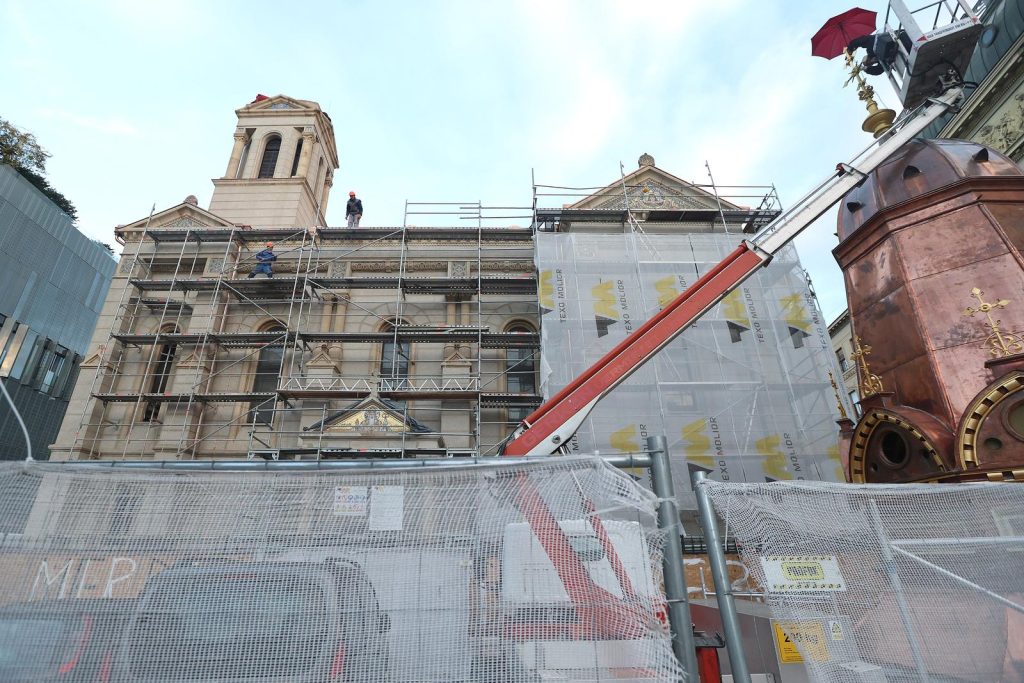
In his introduction to the government session, Prime Minister Andrej Plenković pointed out that the government’s main goal in the coming year is to protect both the general public and businessmen from new external shocks, which, as he stated, the government has done successfully even in previous crises, from the pandemic and earthquakes to the energy crisis and so on.
“We’re going to strive to create an atmosphere that, based on our economic and fiscal policy, will enable further growth of GDP, wages and pensions, while at the same time reducing inflation and the share of public debt in GDP, which will fall to 60.7 percent this year. This is a huge success considering that we very quickly got onto that that curve, which went rapidly upwards after the pandemic, and turned it back in the right direction, showing that the Croatian economy and public finances remain very stable and resilient,” said the Prime Minister. He then addressed the public.
After showering praise on HDZ for the first few minutes, he was asked about the reconstruction process after the earthquake.
“The whole process has been sped up, but the overall scale of the damage is large,” he said, adding that he was satisfied regardless. He said that the money for everything that is being renovated in Zagreb was procured by HDZ.
“We secured another billion and five hundred million euros for additional renovation and for energy efficiency,” Plenković said. “There are no more container settlements in Banovina. Some people are continuing to live in containers, but they live near their houses. There are no such settlements anymore,” he said, noting that investments are being made in multi-apartment buildings, as I detailed above.
Turning the attention away from natural disasters and directly onto those in Croatian politics, the PM was then asked when the elections will be.
“2024,” he said extremely briefly.
“Since the summer, the opposition has been behaving as if it were a campaign, I know it’s difficult for them,” Plenković said, before continuing to brag about HDZ’s achievements, claiming the the President is “pro-Russian” and calling Most (Bridge) “corrupt”.
Who do the public want as a new PM? A survey reveals all…
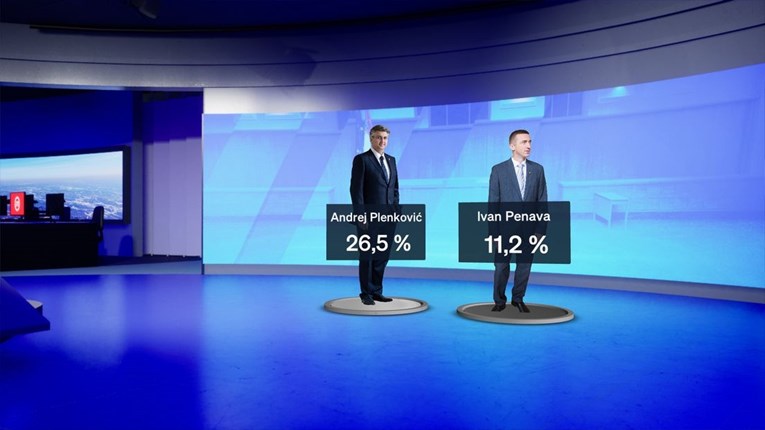
If the public could elect directly, who would the general public prefer to elect as prime minister out of some of the main figures in Croatian politics? As Index vijesti/news reports, Dnevnik Nova TV investigated this in cooperation with Ipsos, in the period from December the 1st to the 20th, on a sample of 674 people who stated that they have plans to vote.
Andrej Plenković comes in first place: having been chosen by 26.5 percent of those surveyed, which is a slightly worse result than HDZ’s overall one in this month’s Crobarometer. Far behind him in second place is Ivan Penava, whom 11.2 percent of respondents would like to see as prime minister, which is a better result than his party’s rating.
In third place is Sandra Benčić – almost 10 percent of respondents want her as prime minister, which is also a better result than the Možemo! (We Can!) party in the most recently taken Crobarometer.
The fourth figure in Croatian politics is Peđa Grbin, 7 percent of respondents would like him as prime minister – and here, as with Plenković, his personal rating is worse than his actual party’s. In fifth place is Nino Raspudić with almost five percent of support, and his rating is weaker than Most’s (Bridge).
There is also a sea of “undecideds” regarding support for possible prime ministers among those in Croatian politics: around 20.7 percent of those surveyed said they didn’t know. Other potential candidates account for 15 percent of those surveyed, with no individual exceeding one or two percent. There are 0.3 percent of those who would go to the elections and don’t actually want any of the above to be the head of the government, and 4.4 percent of the respondents decided to keep their choice to themselves.
Plenković has by far the strongest support of the party – being the choice for prime minister for 75 percent of HDZ voters. Among the respondents who would like to see him as prime minister again are as many as six percent of SDP voters and five percent of Most (Bridge), Domovinski pokret (Homeland Movement), and Možemo! (We Can!) voters.
Of those who would like to see Ivan Penava as the future prime minister, 54.1 percent are Domovinski pokret voters, 10.6 percent of Most voters, and six percent of those who would normally vote for HDZ.
Interestingly, among those who want Sandra Benčić at the head of the government, there are only 23 percent of those who declare themselves as Možemo! voters, while there are more who vote for SDP – almost 24 percent to be precise.
When it comes to Peđa Grbin, voters still believe a little more in his party, but not significantly – of all those who want him as prime minister, about 31 percent are SDP voters.
Finally, among all those who want Nino Raspudić as prime minister are 27.2 percent of Most’s voters, as well as 11.1 percent of Možemo! voters.
One year of Schengen and Eurozone membership is (almost) behind us
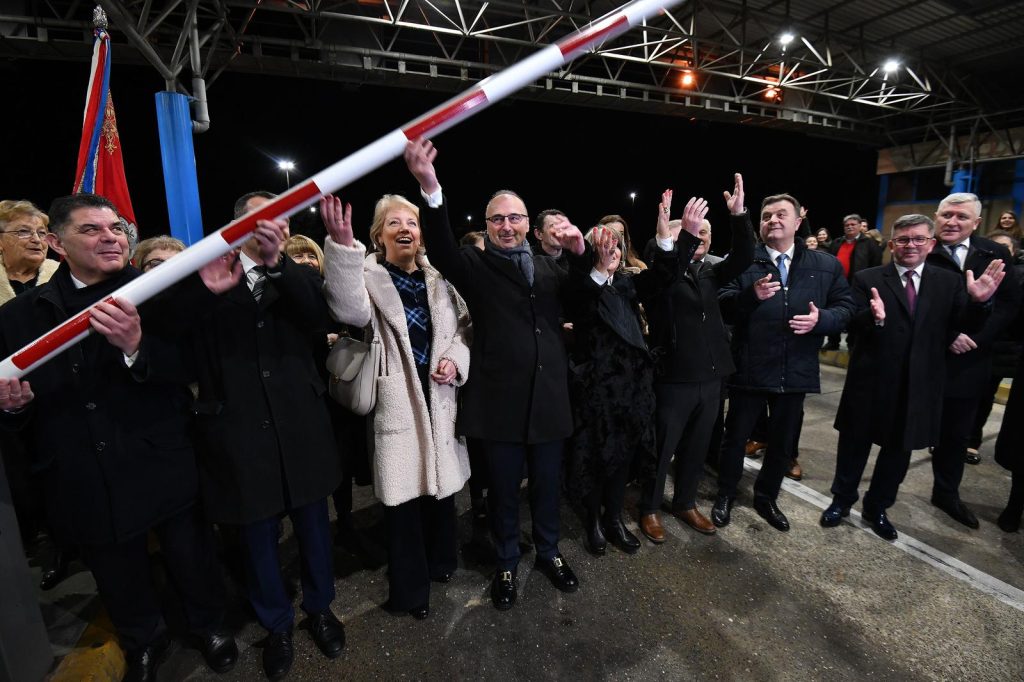
On January the 1st, 2023, the Republic of Croatia finally succeeded in fulfilling two strategic political goals – Eurozone and Schengen accession. To date, Croatia is the only country in history to have gained membership of both on the very same date. Ditching the Croatian kuna for the euro resulted in an array of mixed emotions for the general public, and it seems that a great many people still count using the kuna, and are still getting used to the euro even nearly a year later. On top of that, it seems many are still keeping kuna at home in sock drawers and under mattresses instead of exchanging it for euros for free at banks and other financial institutions. An Ode to the Croatian Kuna explains more of the former currency’s history.
In addition, Croatia is now part of the passport-less, border-less Schengen zone, which represents even deeper integration into the EU, of which it became a member back in July 2013. This was a strong goal for most in Croatian politics for the past decade, and its eventual fulfilment will go hand in hand with HDZ’s apparently constantly increasing list of pluses as we head towards the elections in 2024.

